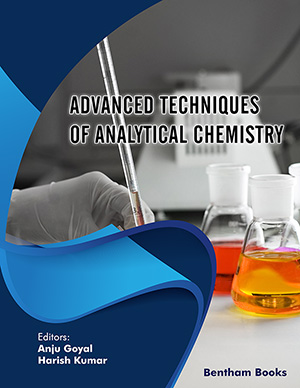Abstract
Background: A common problem in HPLC is the inability to inject a sufficient volume of sample, particularly when the injection solvent (or diluent) is chromatographically strong. Experiments were conducted to evaluate the effectiveness of low-retention pre-columns in allowing larger injection volumes of chromatographically strong solvents.
Method: Different combinations of pre-columns and analytical columns were evaluated with respect to their effectiveness in this regard. In addition, the effect of pre-column length, mobile phase conditions, and different injection solvents were evaluated with respect to the maximum injection volume that was possible. Lastly, experiments were conducted to evaluate the additional benefit of placing a mixer upstream of the pre-column.
Results: It was demonstrated that significant increases in injection volume were possible by utilizing low-retention pre-columns, which allowed enhanced method sensitivity. Furthermore, it was found that solvents with very limited solubility in the mobile phase, such as ethyl acetate and MTBE, could be used as the sample solvent; and, in fact, the largest injection volumes were possible with these limited-solubility solvents when using the pre-column technique.
Conclusion: The general approach was found to be effective in allowing larger injection volumes of chromatographically strong solvents. Furthermore, the focusing in this approach reduces band broadening due to all of the extra-column effects which act upstream of the analytical column. From these observations, it is clear that this technique could significantly reduce some of the difficulties associated with use of smaller diameter columns. Consequently, the use of pre-columns would also enable analytical laboratories to operate in a greener fashion by minimizing the quantity of waste that is generated.
Keywords: Band broadening, extra-column effects, focusing, HPLC, Large volume injection, pre-column.
 59
59 1
1 1
1

















